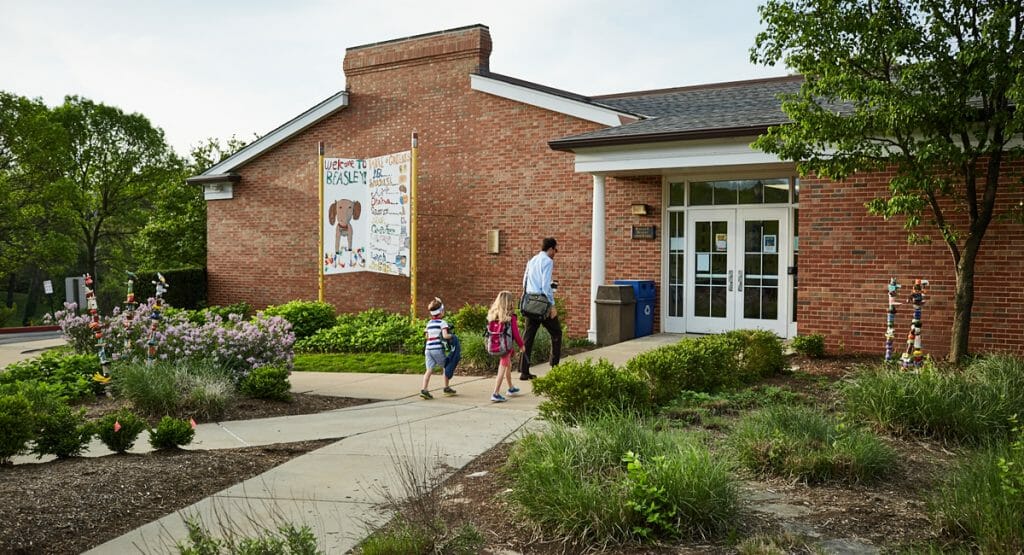Mindfulness and Habits of the Brain
How does what I do affect my own learning? How are we using cognitive flexibility? How can I choose what to pay attention to and what to ignore? These are questions you might hear if you step into a 3rd grade classroom this year. This is our second year as a teaching team, and one of our goals in our work with our students is to incorporate a mindfulness practice into our daily teaching and learning.
Some people may think that mindfulness is restricted to meditation and yoga. While these are mindfulness practices, they are not the only ones we incorporate into 3rd grade. We believe that understanding what is happening inside the brain helps students become better learners at school. Establishing a healthy mindfulness practice helps students learn more about who they are, how they learn and how their actions affect others (both positively and negatively).
We use a variety of tools to help students develop these healthy habits at school through the use of the Responsive Classroom Approach, frequent self-reflection, explicit teaching of brain habits and collaboration with other teachers.
Throughout the Lower School, we use the Responsive Classroom Approach to teaching, a research-based approach to teaching that emphasizes the social-emotional and developmental needs of students and recognizes that those needs are just as important as the academic content that we teach. We follow techniques beginning with the first six weeks of school that help us get to know our students and who they are as learners, as friends and as members of our school community. As we learn about each other, we share and think about our identity, what makes each of us unique and how each of us contributes to our classroom.
During STLinStL, a professional development summit hosted by MICDS each summer, we learned about the work of Dr. Daisy Pellant and how to be your best S.E.L.F. Since then, we have incorporated her toolkit of self-regulation strategies into our daily routines. The four we have chosen to focus on are response inhibition, attention control, cognitive flexibility and working memory. Through discussions and practices, we work with students to notice their own habits, think about the choices they are making and consider how those habits and choices affect their learning. Our goal is to ask specific questions that encourage this deeper thinking.
Our mindfulness practices are not only limited to behavior and routines. This work is intentionally incorporated into our academic content areas as well. For example, during reading, students are learning to be mindful of themselves as a reader by finding an appropriate book and being aware of their own comprehension of the text, decoding and fluency while they read. In math, we use frequent self-assessments of the learning targets for each lesson. Student assess their understanding of the concept on a scale of 0-5 (we call this “fist to five”) to decide if they need continued support from the teacher, are becoming more comfortable with the topic or know the skills well enough to not only work independently, but they also feel comfortable explaining their understanding to others.
Our hope is that this continued work on mindfulness and habits of the brain helps students advocate for themselves and for each other. The goal is to create classrooms where students are aware of who they are as learners and friends, how they learn best and the impact they have on the world. The mindfulness work we do in class is not limited to our 3rd graders; it continues to provide benefits in our own teaching and learning, allowing us to grow alongside our students.
